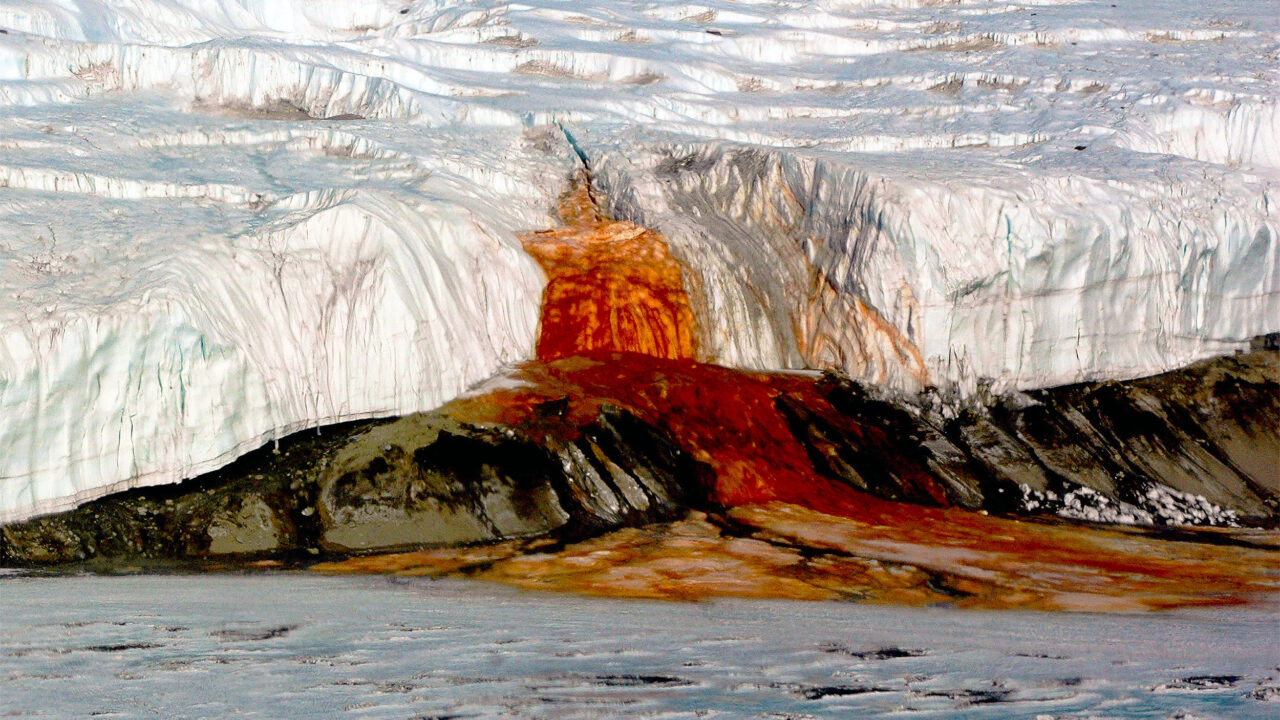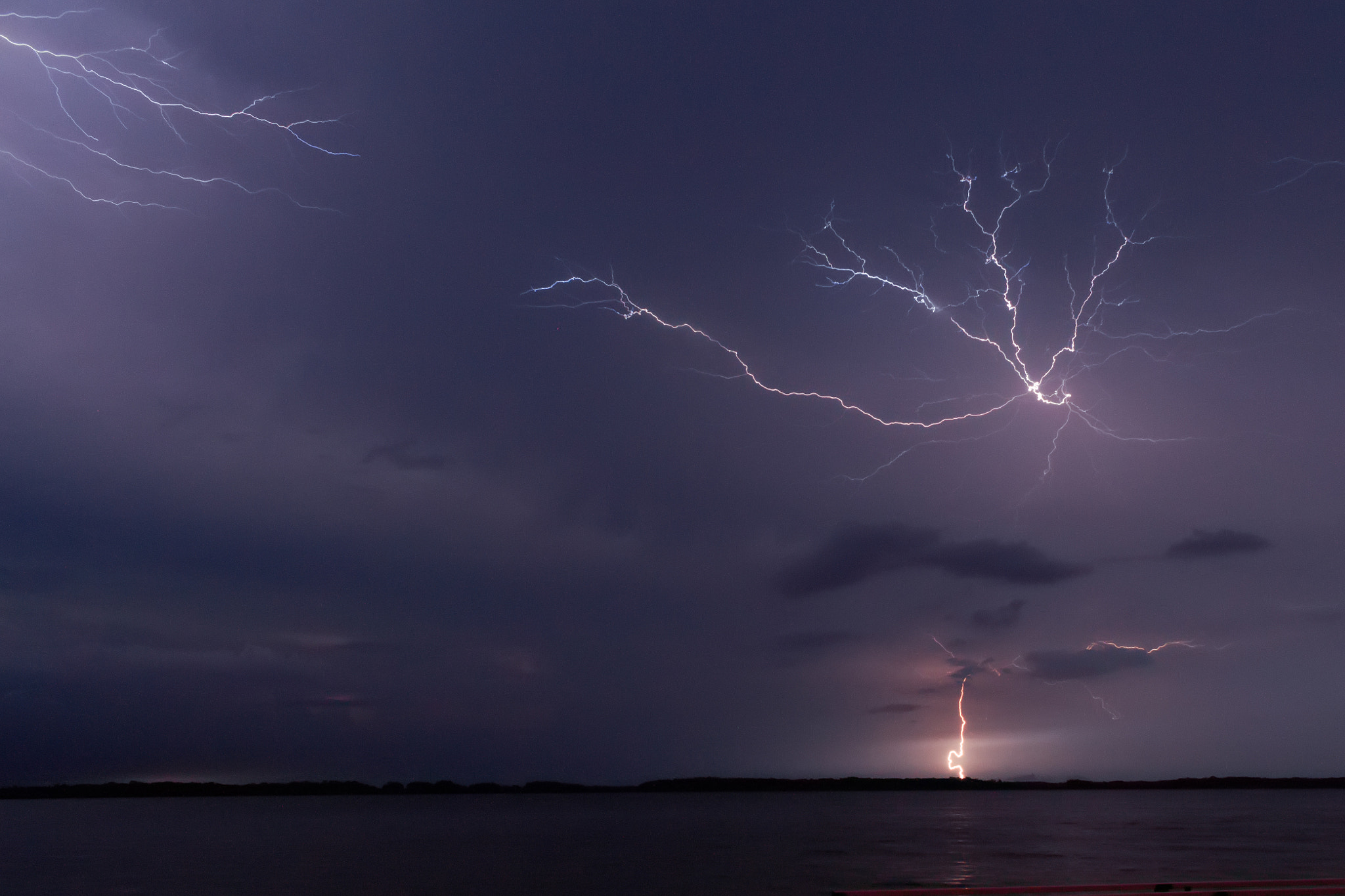A Sky That Never Sleeps
Over the mouth of the Catatumbo River, where it meets Lake Maracaibo in northwestern Venezuela, the night sky often explodes with light.
For up to 300 nights every year, the region experiences near-continuous lightning storms so consistent that sailors once used the flashes as a natural lighthouse for navigation.
This spectacular phenomenon is known as Catatumbo Lightning, or in Spanish, Relámpago del Catatumbo a phenomenon found nowhere else on Earth.
What Is Catatumbo Lightning?
Catatumbo Lightning is a unique atmospheric event in which thousands of bolts of lightning illuminate the sky for hours at a time.
On average:
- It occurs 140 to 160 nights per year (some years up to 300).
- The flashes can last for up to 10 hours a night.
- Each storm can produce over 280 lightning strikes per hour more than anywhere else in the world.
Because of its frequency and intensity, it has earned the nickname “The Beacon of Maracaibo.”
What Causes This Eternal Lightning?
Scientists believe the Catatumbo Lightning results from a perfect mix of geography, humidity, and wind currents around Lake Maracaibo.
Here’s how it works:
- Warm, moist air from the Caribbean Sea flows inland each evening.
- It collides with cool mountain air from the Andes surrounding the lake.
- The clash of temperatures and high humidity triggers massive thunderstorms.
- The lightning discharges between the clouds rather than the ground creating frequent, silent flashes visible from hundreds of kilometers away.
The region’s shape a natural basin surrounded by mountains continuously recycles this weather pattern, explaining why the lightning never truly stops.
A World Record Phenomenon
In 2014, the Guinness World Records officially recognized Catatumbo Lightning as the place with the highest concentration of lightning on Earth, with an average of 250 flashes per square kilometer per year.
The event is so prominent that it even appears on the flag and coat of arms of Zulia State, symbolizing energy, power, and resilience.
Ecological and Atmospheric Importance
Catatumbo Lightning plays a surprising role in the planet’s atmosphere.
Each flash helps convert atmospheric nitrogen into nitrogen oxides, which eventually fall to Earth and enrich the soil.
This makes it one of the largest natural producers of ozone in the world.
However, scientists clarify that while it contributes locally, it does not significantly restore the global ozone layer a myth that circulated for years.
When and Where to See It
The best place to experience Catatumbo Lightning is from Ologá or Congo Mirador, small fishing villages on the southern edge of Lake Maracaibo.
Local guides offer night boat tours through the wetlands, where visitors can watch the sky illuminate in near-constant flashes.
Best months:
- May to November (the rainy season) offers the most frequent storms.
- Visibility is best on calm, clear nights with minimal cloud cover near the horizon.
Photography Tips
Capturing Catatumbo Lightning can be challenging but rewarding:
- Use a tripod for long-exposure shots.
- Manual focus and set exposure between 10–25 seconds.
- Keep ISO low (100–400) to reduce glare.
- Bring a rain cover the storms can change quickly.
From afar, the scene looks like a sky pulsing with silent fire brilliant flashes illuminating clouds over the dark silhouette of the lake.
Legends and Cultural Significance
For centuries, local Wayuu and Barí Indigenous communities have viewed the lightning as a spiritual event a symbol of communication between the heavens and the Earth.
Spanish explorers first documented it in the 16th century, calling it “the storm that guides the ships.”
Even today, many Venezuelans consider it a national natural treasure, symbolizing endurance amid darkness.
The Eternal Heartbeat of the Sky
The Catatumbo Lightning is not just a meteorological wonder; it’s a living rhythm of nature a place where the sky itself seems alive.
Its continuous flashes remind us of the power and beauty of Earth’s atmosphere, where energy, water, and air meet in perfect harmony.
For travelers, photographers, and dreamers, witnessing the eternal lightning of Venezuela is an unforgettable experience a moment when the night sky truly breathes light.





